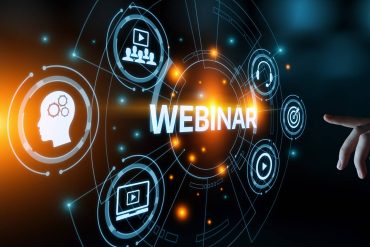
Ensuring Accurate Displacement Measurements During Seismic Events
A Comparative Study of UCSD Shaking Tests of 10-Story TallWood Building
Featuring Dr. M. Khalid Saifullah, Kinemetrics, Inc.
Accurate displacement measurements are critical for the integrity of the buildings and underpin some of the key indicators, such as Interstory drift, of seismic performance of the buildings.
Building codes and design guidelines have identified limits on parameters based on historical data from instrumented buildings and experimental evaluation in laboratories. It is also used as the main engineering demand parameter to conduct fragility analysis as structural damage and nonstructural damage correlates with this parameter.
Engineers and other emergency decision makers can only make informed, responsible decisions when structural displacements are accurately measured.
In this informative webinar and Q&A session, Dr. Khalid Saifullah will describe the testing procedures and results from a comparative study of accelerometers in a controlled study using the world’s largest outdoor shake table, located at UCSD, during a larger test program led by the NHERI TallWood Team.
His presentation focuses on displacement responses of the building under different types of seismic loadings to gauge the effectiveness of accelerometers with respect to benchmark direct contact displacement techniques.
This session is a must for structural engineers, and anyone involved with the decision-making processes associated with post-earthquake assessments.
